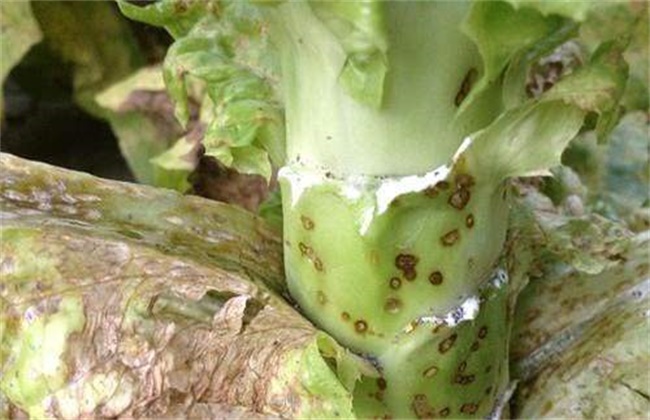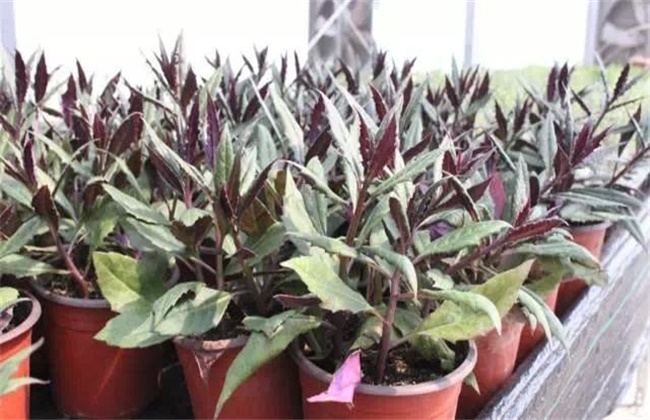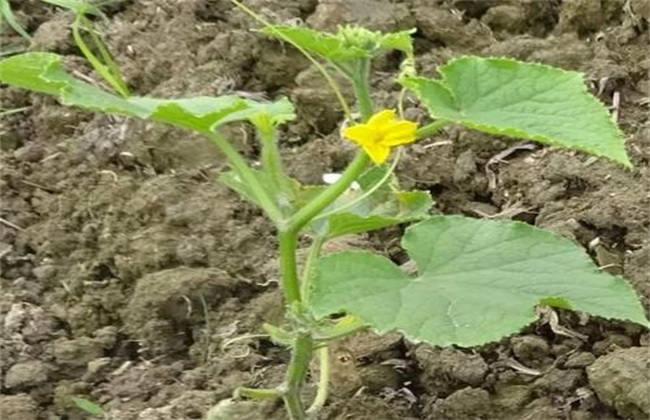Control techniques of Sclerotinia sclerotiorum of lettuce
Lettuce, also known as lettuce, is a popular market, the demand for fertilizer is large, many farmers have planted, but in the planting of a variety of diseases and insect pests, among which Sclerotinia sclerotiorum is a more serious one. Once infected with this disease, it will seriously reduce the yield and quality of lettuce, heavy will cause no harvest, so how to control Sclerotinia sclerotiorum of lettuce? Let's get to know it.

1. Symptoms
In the early stage of the disease, the base of the stem was damaged first, and the spot was brown water stain at the initial stage, and then gradually extended to the whole stem, which made the stem base soft rot, and the affected part would be covered with cotton-like white mycelium, and sclerotia would be produced in the later stage. Sometimes there are symptoms of cracking at the base of the stem, the sclerotia is white at the beginning, and then it is gradually covered with black particles like mouse dung, usually the rot caused by Sclerotinia sclerotiorum has no stench, which is different from bacterial soft rot. After infected with lettuce, the lower leaves of the plant will become soft and brown, the disease will develop upward, the upper leaves will wilt, the stem will occur, the plant will grow poorly, and the heavy plant will die or lodge.
2. The regularity of the disease
The occurrence of Sclerotinia sclerotiorum of lettuce is closely related to the climate and the level of public management. Sclerotinia sclerotiorum can be spread through air flow, Rain Water and agricultural work. Sclerotinia sclerotiorum likes a warm and humid environment at a temperature of about 20 degrees. Humidity above 80% is conducive to the occurrence of the disease, when the temperature is higher than 35 degrees, the disease is more difficult to occur. In the low-lying land prone to stagnant water, the field humidity is high, the disease is also relatively high, the planting is too dense, and the removal of the base old leaves, diseased leaves and weeds in the computer room in the middle and later stage of growth is also conducive to the occurrence of the disease.
3. Prevention and control methods
The diseased field should be rotated with Gramineae crops, or irrigation should be used to soak the field when the field is off at high temperature in summer, and the high-temperature stew shed in the greenhouse can reduce the pathogens in the field. Strengthen the accumulation of water in the field, reasonable close planting, pay attention to ditch drainage, timely removal of diseased leaves and diseased plants, increase permeability and reduce field humidity. The seeds can be rinsed with salt water or ammonium sulfate solution, and then soaked in 55 degrees warm water for 15 minutes to disinfect. The disease is very easy to occur in the middle and later stage of growth, the base of the stem, old leaves and ground can be sprayed with chemicals, and then sprayed once every 7 days, the prevention and control is better, but we should pay attention to the rotation of drugs and the safe interval of pesticides.
The above is the introduction of the control technology of Sclerotinia sclerotiorum of lettuce. I hope it can help you. If you want to know more about it, please pay attention to us.
Related
- Where is it suitable to grow horseradish in China? it is expected to see the middle altitude horseradish in Alishan.
- How to prevent tomato virus disease reasonably? (Control methods included)
- Many people like to plant towel gourd on the balcony. What are the main points of this method and management?
- What crops can chili peppers be mixed with?
- Fertilization techniques and matters needing attention in Tomato
- What are the grafting techniques for peach seedlings in spring?
- Harm and control methods of root swelling disease of Chinese cabbage
- What are the pests of sweet potatoes? How to prevent and cure it?
- Symptoms, causes and Control methods of navel Rot in Tomato
- The cause of "Cucumber rotten bibcock" in Farmers' planting Cucumber and its Control Plan



